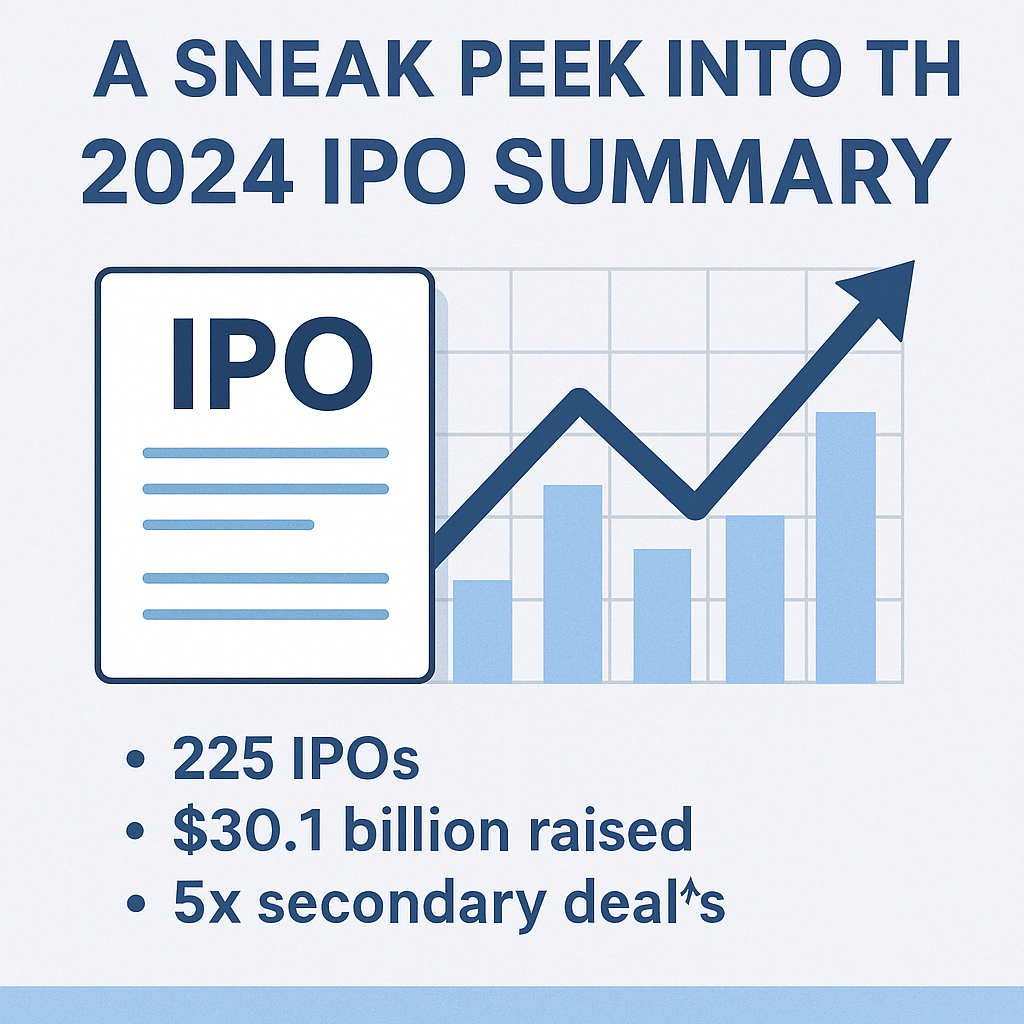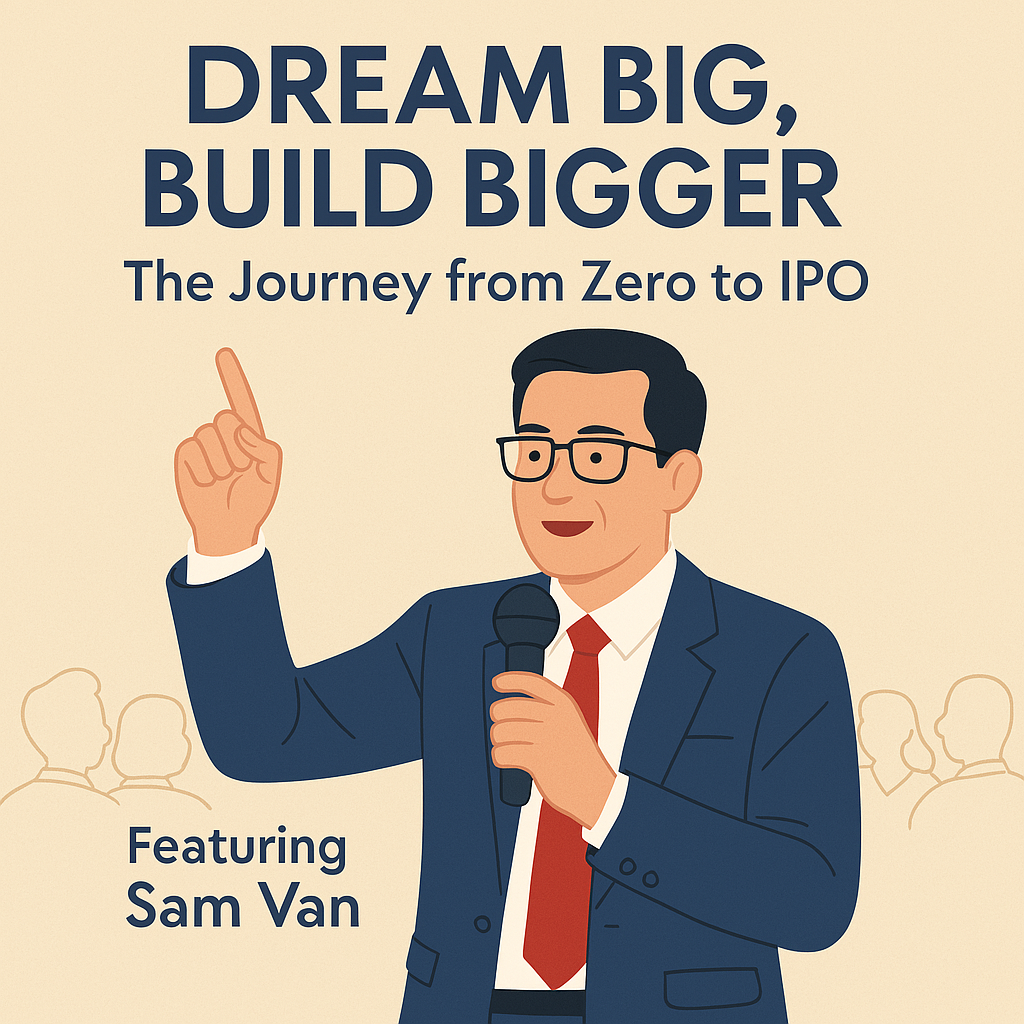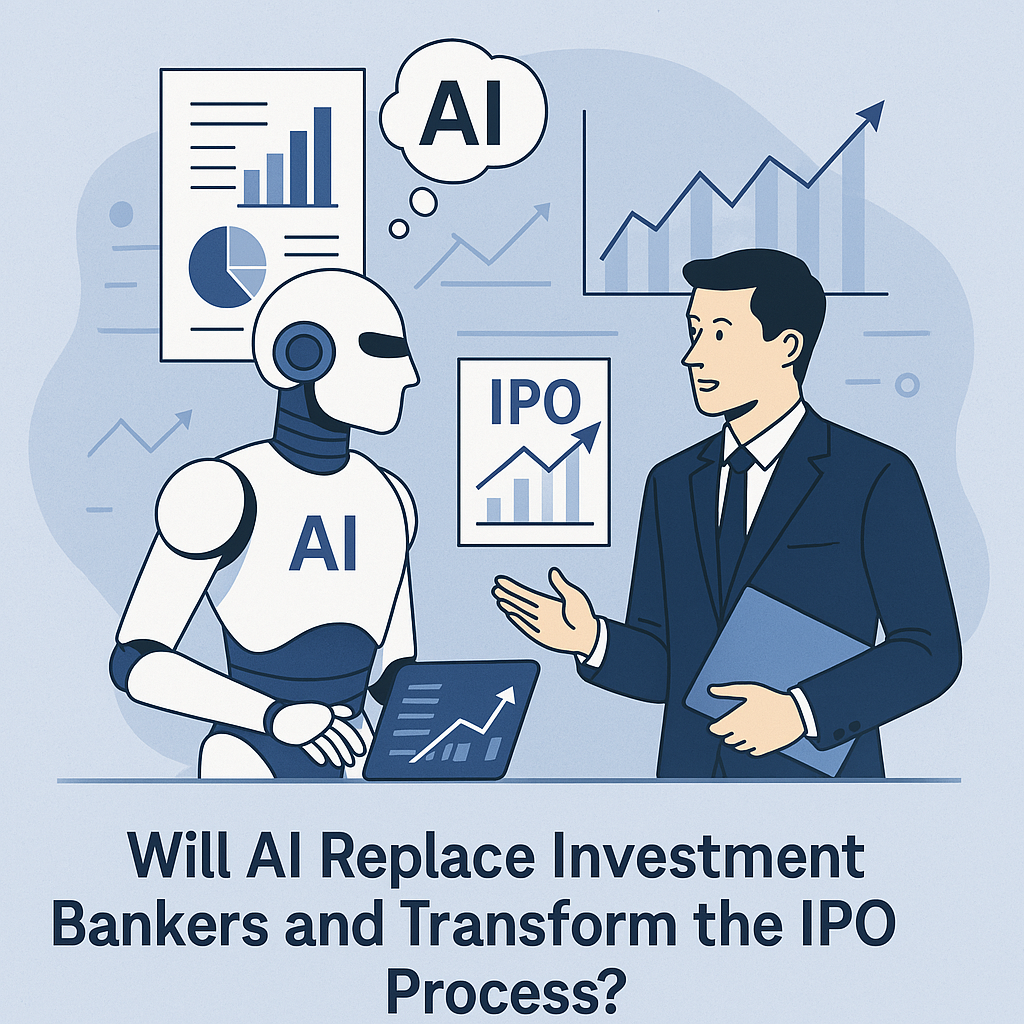Blockchain allows consumers and suppliers to connect directly, removing the need for a third party such as a bank. It can be used to record and track the ownership of a photographic image or a piece of music or a patent for a new gadget.
With the introduction of contactless cards and mobile payment services, these increased the use of multi-currencies around the world. As such, cryptocurrency and digital assets will be the next step of evolution. Our Blockchain cryptocurrency accounting Singapore services are designed to help businesses navigate this new digital landscape.
Blockchain, the cryptocurrency accounting
A blockchain is a distributed database or digital ledger of economic transactions; it allows the data in a database to be spread out among several network nodes. Blockchains can be used to make data in any industry immutable—the term used to describe the inability to be altered. It is essentially a digital spreadsheet that is duplicated across a network of computers. This makes the transactions faster and more efficient, while completely preserving notions of privacy, authenticity, and auditability.
Blockchain is a technology that enable the existence of cryptocurrency. Our Blockchain cryptocurrency accounting Singapore services provide businesses with the opportunity to rethink existing business networks, reimagine how we perform, record, and secure transactions, and explore new areas of potential opportunities for growth in the future digital world.
Blockchain offers business owner the opportunity to relook existing business networks, and reimagine how we perform, record and secure transactions, represent a new area of potential opportunities for businesses to grow and embark with future digital world.







